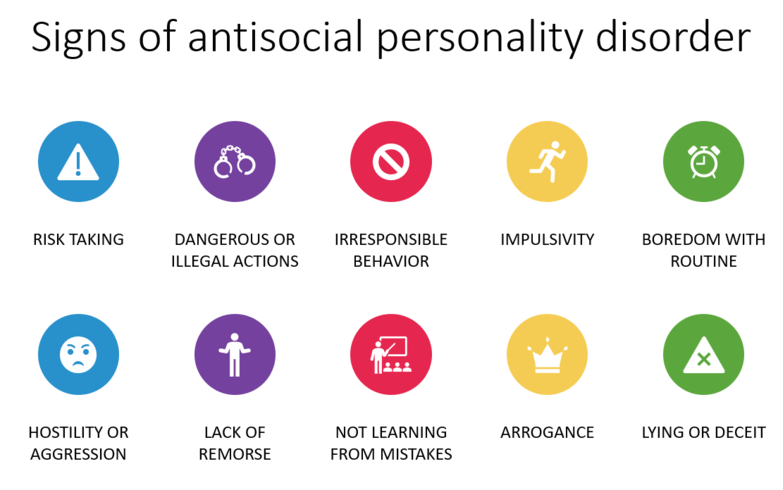Life can be a whirlwind of emotions, and sometimes, it feels like we’re riding a rollercoaster with no brakes. But what if those intense ups and downs become a daily struggle? Borderline personality disorder (BPD) is a mental health condition characterized by extreme mood swings, unstable relationships, and impulsive behaviors.
Here’s the thing: Having a rollercoaster of emotions doesn’t automatically mean you have BPD. However, if you or someone you know experiences several of these signs for a long period, it’s important to seek professional help.
Let’s take a walk through some common signs of BPD:
- Emotional Intensity: Feeling emotions very intensely, like happiness that feels explosive or sadness that feels crushing.
- Rapid Mood Swings: Emotions can shift quickly, from feeling great to feeling hopeless within a short time.
- Unstable Relationships: Difficulty maintaining healthy relationships due to fear of abandonment or intense anger.
- Impulsive Behaviors: Engaging in risky activities like reckless driving, substance abuse, or unsafe sex under emotional distress.
- Unstable Self-Image: Feeling unsure of who you are or what your values are. This can lead to frequent changes in goals, opinions, or even appearance.
- Fear of Abandonment: A desperate need to avoid being alone, even if it means clinging to unhealthy relationships.
- Suicidal Thoughts or Self-Harm: Having thoughts of suicide or engaging in self-harm behaviors like cutting or burning.
- Remember, you’re not alone! BPD is a treatable condition. With the right support, people with BPD can learn to manage their emotions, build healthy relationships, and live fulfilling lives.

Here’s how to get help:
- Talk to your doctor: They can assess your symptoms and refer you to a mental health professional specializing in BPD treatment.
- Consider therapy: There are different types of therapy that can be effective for BPD, such as:
- Dialectical Behavior Therapy (DBT): This is one of the most effective treatments for BPD. It teaches skills for managing emotions, regulating behavior, improving relationships, and tolerating distress.
- Cognitive Behavioral Therapy (CBT): This therapy helps identify and change unhelpful thinking patterns that contribute to emotional distress and impulsive behaviors.
- Interpersonal Therapy (IPT): This therapy focuses on improving communication and building healthy relationships.
- Seek support groups: Connecting with others who understand what you’re going through can be incredibly helpful.
The most important thing is to remember that there is hope!
With knowledge, support, and the right treatment plan, you can manage your BPD and live a life full of joy, stability, and healthy connections.
Remember, you are strong, you are worthy, and you deserve to feel good. Take the first step towards a more balanced and fulfilling life today!



